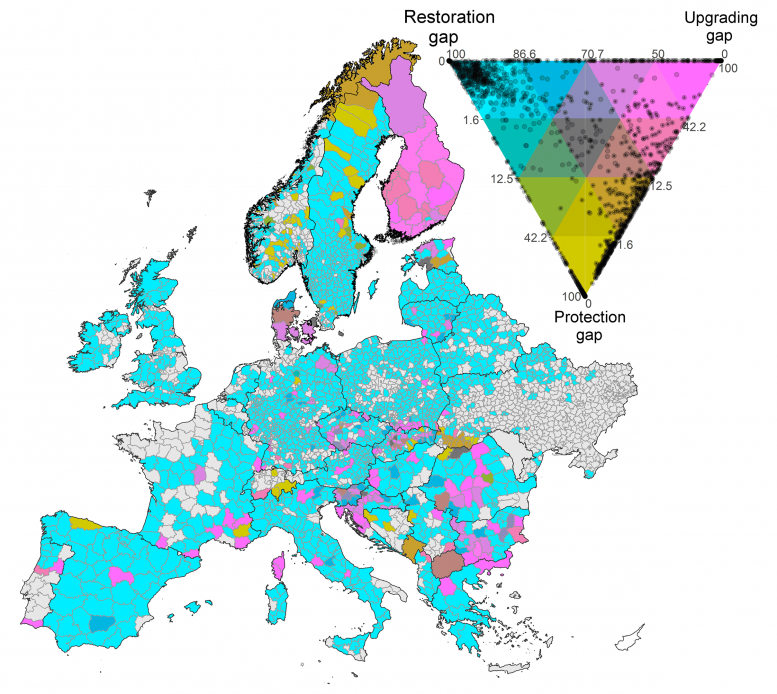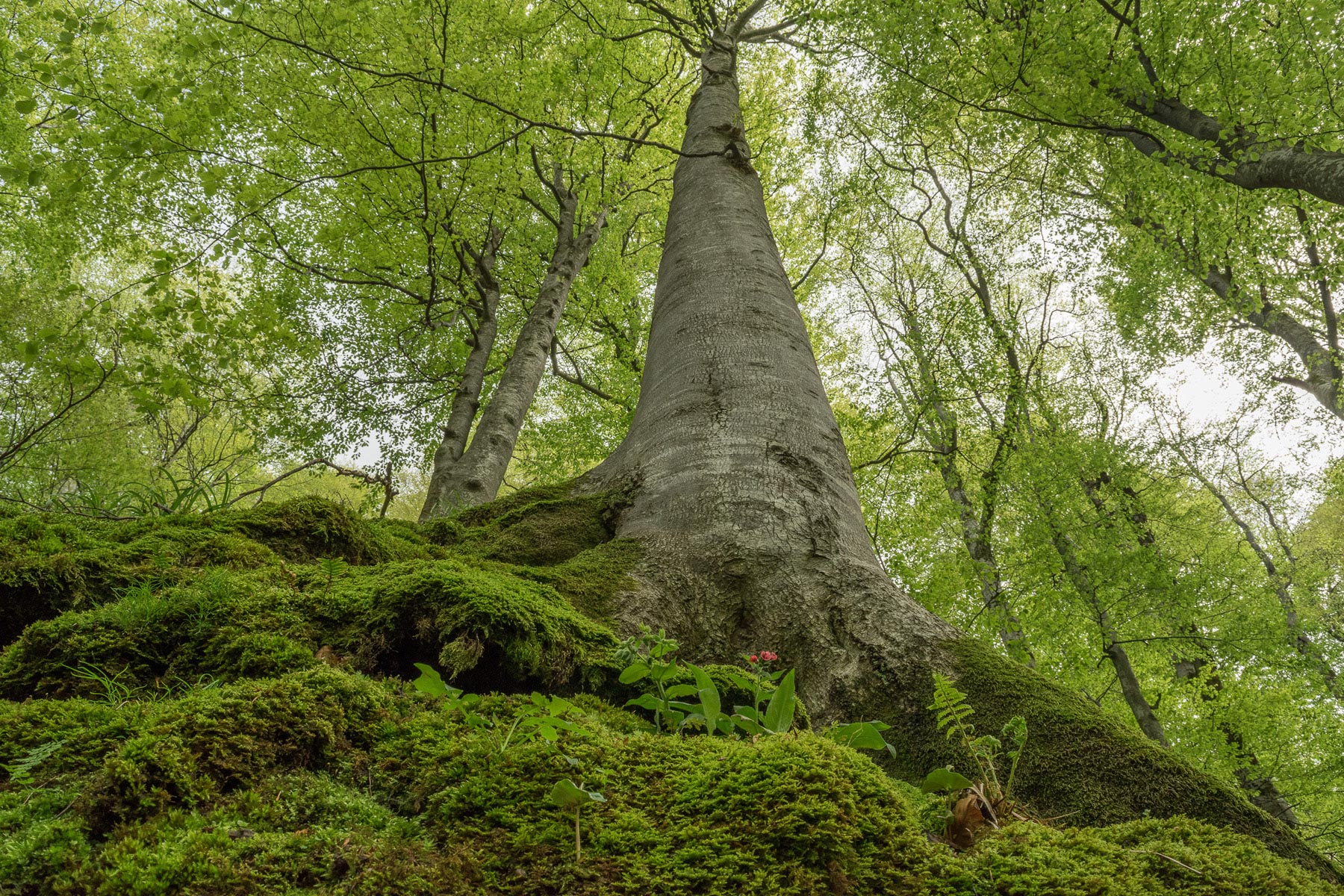Primary forests are critical to maintaining biodiversity and store large amounts of carbon in biomass, thereby mitigating climate change. Photo credit: Tzvetan Zlatanov
Europe’s primary forests: what needs to be protected? What needs to be restored?
Primary forests are forests with no evidence of human use in the past and in which ecological processes are not disrupted by human influence. These forests are of outstanding ecological value. They are an irreplaceable part of our natural heritage and crucial for maintaining the biological diversity of forests. In Europe, where thousands of years of land use have changed forest landscapes, there are only a few such primary forests left, mostly in remote and relatively unproductive areas.
While scarce and irreplaceable, many of these forests are not legally protected and are still being felled in Europe. The newly published “EU Biodiversity Strategy for 2030” explicitly recognizes the intrinsic value of primary and old forests and the need to protect them. The question is: which areas should be prioritized?
An international assessment of primary forest status
A research team of scientists from 28 institutions led by Dr. Francesco Sabatini (iDiv; MLU) and Prof. Tobias Kuemmerle (HU) have now presented the first assessment of the conservation status of primary forests in Europe. Using a large spatial database of the last primary forests in Europe – a database that took over five years to create – the team was able to answer three crucial questions: 1) Are the remaining primary forests representative of European forests? Guys? 2) Where are these forests adequately protected? And: where are so few primary forests left that a restoration of the forest is necessary?

The map shows the distribution of the gaps related to the protection, restoration and upgrading of primary forests in Europe in order to achieve the current conservation goals. Photo credits: Image from the publication https://doi.org/10.1111/ddi.13158
Conservation challenges and opportunities in Europe
“While many primary forests are indeed well protected, we have also found many regions where this is not the case – especially where primary forests are still common,” said lead author Sabatini. “In some cases, the level of protection is insufficient to ensure that these forests are preserved over the long term.”
The study also shows that the remaining primary forests are unevenly distributed across Europe. “Some regions, especially in Scandinavia and Finland as well as in Eastern Europe, still have a lot of primary forests. However, these countries often do not realize how unique their forests are at European level and how important it is to protect them, ”explained Prof. Tobias Kuemmerle (HU), lead author of the study. “At the same time, we were shocked to see that there are many natural forests in Europe with no remains of primary forest, especially in Western Europe.”
Primary forests in Europe are in a dangerous condition
Overall, the study shows that Europe’s primary forests are in a dangerous state and that their long-term protection should be a top priority. Where there are no primary forests left, forest restoration is the only option. “The restoration of forests that look and function like primary forests will take a long time, but it is attractive because such forests not only benefit biodiversity, but also store a lot of carbon and thus help curb climate change,” said Kuemmerle. “The good news is that even in existing protected areas there are a number of ways to restore primary forests, which means that restoration efforts don’t necessarily have to reduce the forest area used for wood production.”
It is enough to expand Europe’s protected forest areas by 1%
The researchers have calculated that an expansion of the protected areas by only around 1% would be enough to protect most of the remaining primary forests in Europe. This is only two or three thousandths of the total European land area.
“Now is the time to be ambitious. There is a lot of momentum in Europe for the conservation and restoration of forests, ”said Sabatini, referring to the recently published“ Biodiversity Strategy for 2030 ”of the EU. “The new strategy explicitly recognizes the irreplaceable value of primary forests. Our study provides a basis for implementing this strategy. ”
Reference: September 16, 2020, Diversity and distribution.
DOI: 10.1111 / ddi.13158
The lead author has received funding from the European Union’s Horizon 2020 research and innovation program under Marie Sklodowska-Curie Grant Agreement No. 658876.



